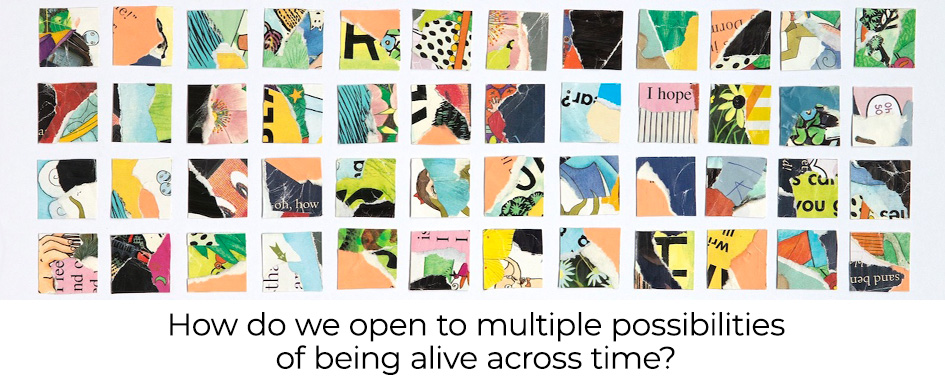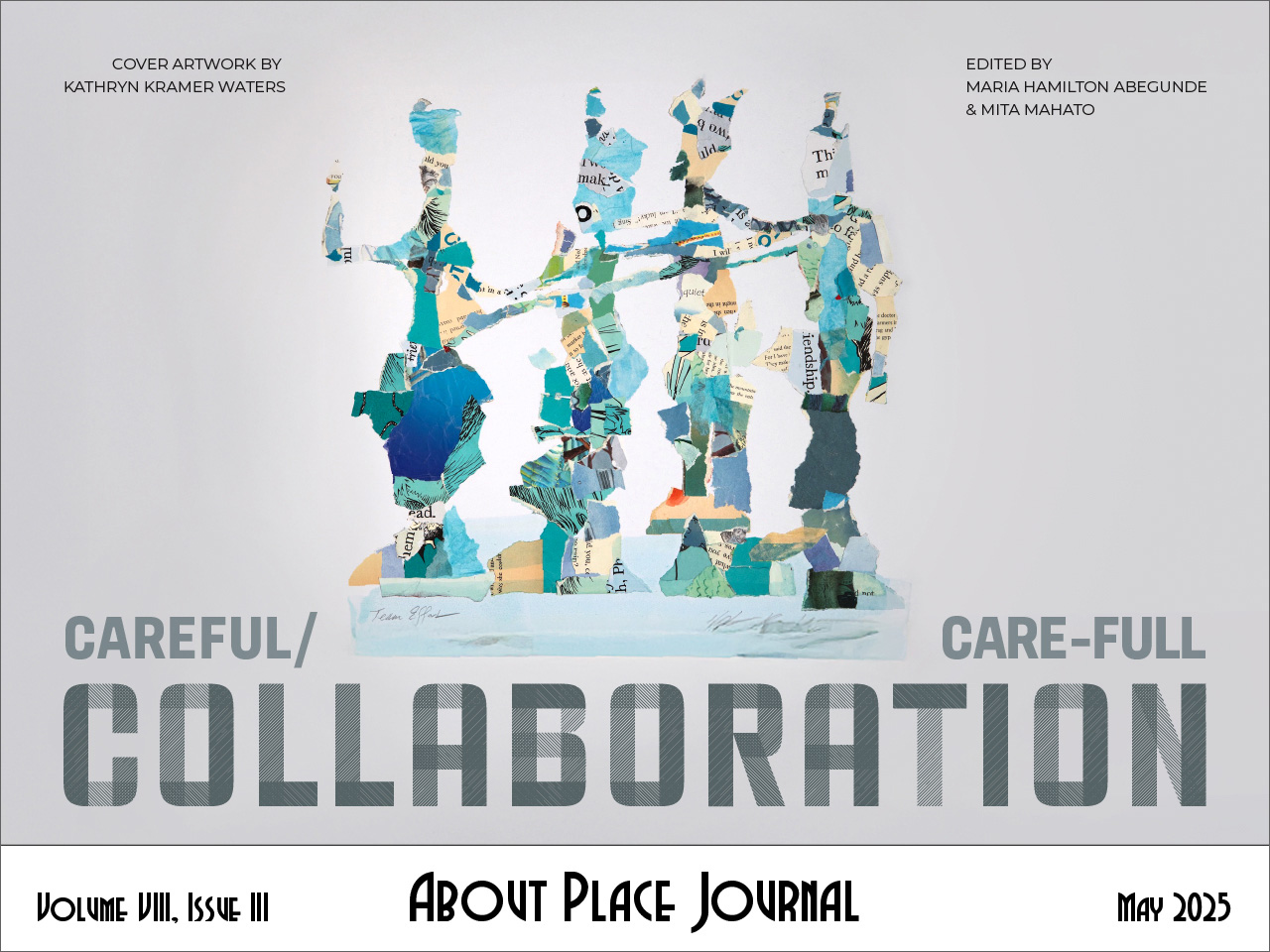LaShawnda Crowe Storm is recognized as an artist dedicated to creative collaborations that invite dozens of other artists and community members into making processes that give those involved the freedom to co-create. Both as architect and midwife, she lays a foundation that welcomes them to build upon her vision and guidance. At the core of her creative practice is a desire to use art as a vehicle for dialogue, social change, and community healing. Drawing inspiration from craft, folklore, and indigenous African spiritual practices, she interweaves mixed media elements with interactive and community-based components where equal weight is given to the final art piece and the creation process. This multifaceted approach opens space for the community to engage in the difficult dialogues presented in her work. We are honored to have her contribute to this issue with the following interview.
Maria Hamilton Abegunde (MHA) and Mita Mahato (MM): Could you share how your creative collaborations with others redefine power between an artist such as yourself and the communities with which you work?
LaShawnda Crowe Storm (LCS): Power is such a tricky concept to navigate when working within creative collaborations and co-creation processes. You need to simultaneously step forward and step back, depending on the issues that arise, and you need to adapt to the circumstances. In general, given the projects that I have led, which I will talk about more later in this interview, it is important to know going into the process where you cannot—will not—concede power, where you must share power and co-create, where you must negotiate and, most importantly, where and when you will relinquish power.
I am a community-centered artist. At the core of this type of artistic practice is the need to explore power sharing and co-creation. I had to learn to be clear about my intent, take feedback, and be willing to dive into deep philosophical explorations about myself and with the community. I had to willingly delve into the unknown and to see what the community could not see. I had to lead and then follow. To learn, unlearn, relearn, recreate, remember, go back to the beginning, and hold the core truth of the goals, the vision of the work. I had to be willing to embrace my blind spots and to be guided by the vision of others. I had to be willing to put on different sets of “lenses” in order to have a deeper and different understanding of what needed to be done.
It would be easy to say that I am not gatekeeping, but, to be honest, given the topics that I work on—racial violence, sexual violence and abuse, and just plain old hard history—I have to stand firm about some things, such as the commitment to telling these often ignored and overlooked histories; centering community; speaking truth to power; making space and so much more. If not, before I know it, I am not doing the work that I wanted to do, am called to do, or mandated by ancestors and spirit to do.
That doesn’t mean I do not listen, learn, adapt, improvise and transform. But if I am telling you that I am centering the healing of Black women in this work, those not part of the work do not get to come and say that that’s not acceptable, that I have to stop talking about race, being a woman, or my own history. To tell me not to talk about my own story—personal and collective—is tantamount to the erasure and silencing of that history.
Power is so complex. It exists in all relationships for artists who choose to work within community, collaboration, and co-creation processes. When working with the institution (gallery, museum, exhibition space) and the community, do you listen to them or ignore their needs and pleas, and when do you say no or yes? What demands do you make? When do you step forward and when do you walk away? At the root of power, art, and collaboration is knowing quite clearly where your line in the sand is in regards to various aspects of the relationship and process, and where you are willing to step aside. This approach is needed in all forms of collaboration whether creative or not. Unfortunately, the conversations needed are often avoided or it is not understood that they are necessary from the start.
MHA and MM: How has this type of making process changed your life and your understanding of what it means to be in community with others? What does it mean to make art this way?
LCS: I had to learn this way of making over many years. In the beginning, I struggled to define my creative practice. I often approached the community with an extractive mindset, meaning I arrived with the notion that my art was the answer. My initial endeavor to work this way began with “Her Name is Laura Nelson,” Quilt I from The Lynch Quilts Project series (TLQP), which explores the history and ramifications of racial violence, specifically lynching, through the textile tradition of quilting.
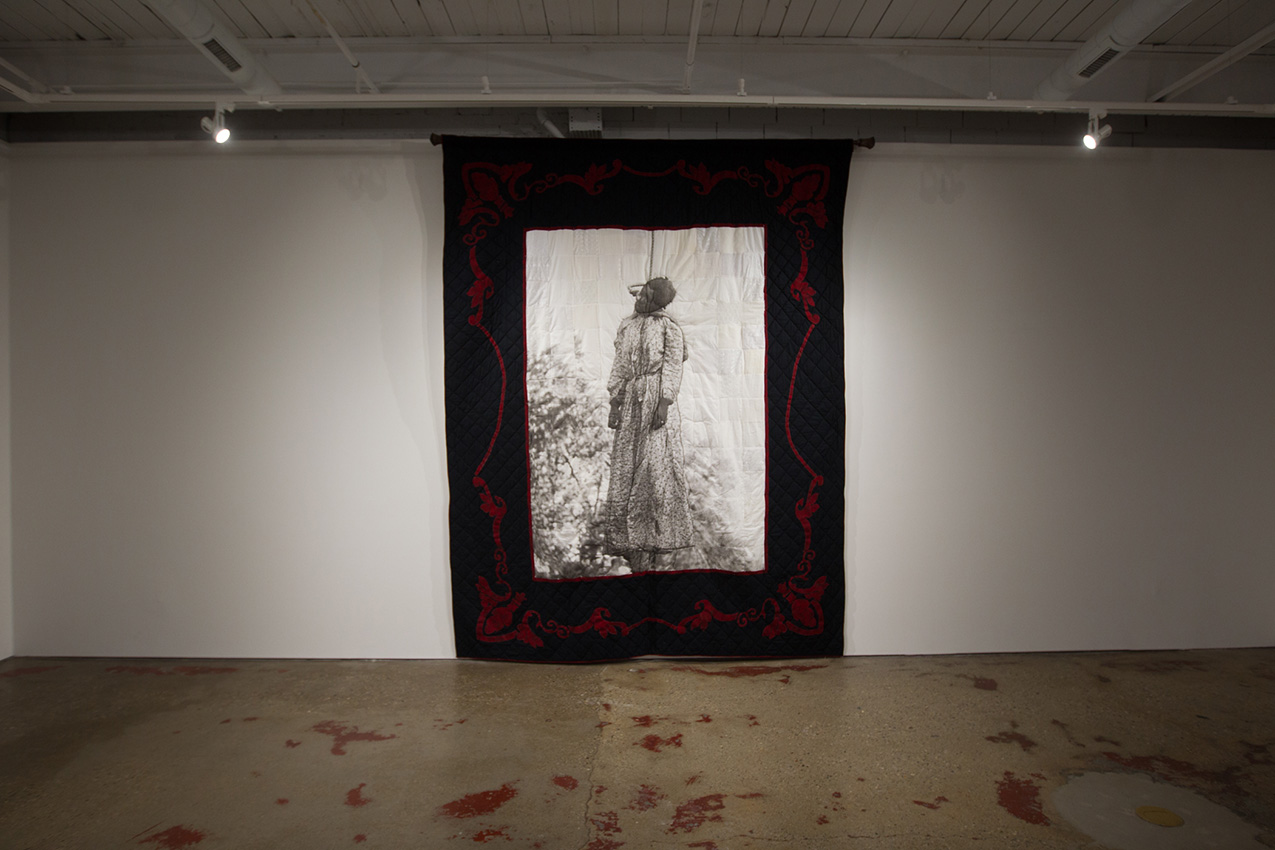
“Her Name was Laura Nelson” Image credit: Big Car Art Collective
Up until that moment, my primary approach to making art was rooted in trying to tell a story. As I explored the life and histories surrounding Laura Nelson, who was lynched on May 25, 1911, with her 12-year-old son Lawrence/LD, in Okema, OK, it was clear my original approach was lacking. I spent nearly two years asking these questions over and over again, “How do I tell her story?” “How do we heal this history?” Long story short, quilting was the answer because it demanded and created space for the community to circle up together and talk about this history. By working on TLQP, we built an entire community that started with ten individuals from the Chicago-based Needles and Threads Quilters Guild. The seeds of that community have spread coast-to-coast. TLQP began my transition to a community-centered creative practice.
I had to become an artist–teacher and subject–matter expert to go deeper into the work and, when necessary, adapt the work and process, shapeshift in the moment—speed up, slow down, or relinquish. I had to learn to set the work free in the hands of others. TLQP was a place where I had to learn these lessons and skills because I had to sit at the feet of elders and learn how to sew, learn to quilt needle-to-needle. I learned to stitch from them and they learned to be free (in a way) to tell the stories about lynching that they had held deep, often for decades. There were also times when folks wanted to make the quilt or projects into something that they were not.
There is not a single word that describes what I do. I am an artist. Facilitator. Composer. Director. Midwife. What has always been true is that my core principles are to be clear and to point out the work I/we are accomplishing. To set boundaries that are permeable but firm. To point out to individuals where I am with the work. To encourage them to expand the work into new spaces. To utilize the project as inspiration and catalyst for my future work, and to understand that what an individual has proposed is the next iteration for them to do.
Approaching the work from this framework is important as a scarcity mindset can easily settle into many aspects of community-based processes. Here is this thing (project, community center, or issue) and it needs to serve EVERY single need/desire/want of a community. It can’t. If you are going to work this way, you must be clear about your goals and intentionality from the beginning, what you are moving towards, and your core mission. When it comes to TLQP, the initial quilt and inquiries that happened through the community-based process gave birth to five other quilts that then birthed four additional ideas. One quilt cannot hold or explore all ideas or themes, but it doesn’t mean we cannot expand the work from one to many in order to have a sustained, multi-layered dialogue.
In the early days, it was often the case that white individuals wanted me to make quilts about the white participants in lynching. That is not the work of this project. TLQP is rooted in healing and community co-creation related to Black communities. But that doesn’t mean it is not important and necessary to discuss those who participated. But this aspect is not the work I was processing or exploring in my own art. I often invited and encouraged them to do that work because it was not mine. Let’s be clear. Everyone is invited to participate in making the quilts and to support the community healing process. But the root of the project Does. Not. Change.
Fifteen years after I started TLQP, I began Sister Song, a community-based project, which examines how art and community co-creation processes can be used to heal the intergenerational trauma associated with enslavement and its aftermaths. Here, although my community-based process was refined, it was still the same: learn, unlearn, inquire, create, destroy, start again, expand.
With this project I crafted womb-shaped figures in wax, designing each uniquely before casting in metal.
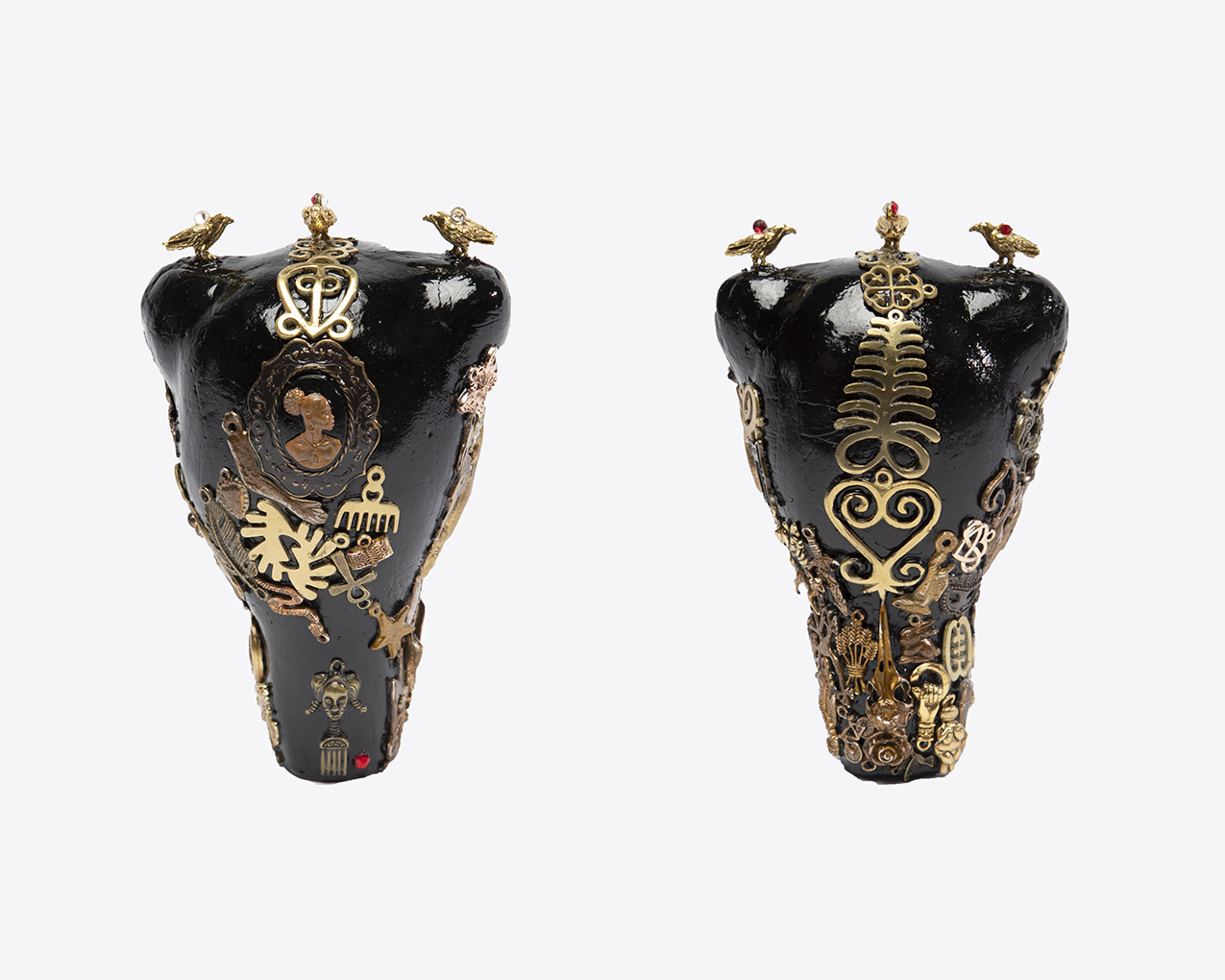
Once the figures were cast, I released them into community hands to finish the process of transformation. Participants were invited to turn them into talismans and spiritual objects that healed these personal and collective histories. They had to be willing to allow what needed to emerge, transforming the womb to reflect a vision of healing. Participants were both artists and non-artists and asked to explore the question, “How do I reclaim the ‘spirit of the womb’ when that spirit has been stolen, harmed, wounded?” I was a midwife in this process, being present to help many of the participants navigate how they wanted and needed to talk about these histories.
When all of the wombs were joined together, they harmonized as a chorus to tell these histories. In the most recent iteration of this project, which ran from 2022-2024 in Indianapolis, I collaborated and co-created in various degrees with thirty-seven womb makers. Sometimes wombs left and later returned completely transformed without my assistance. For others, my training as a teaching artist allowed me to provide my hands to help craft the vision of the womb maker. Or, I simply listened and delved into dialogue with the womb maker over weeks or months to explore the theme or to offer them insight and feedback. Always, I asked questions.
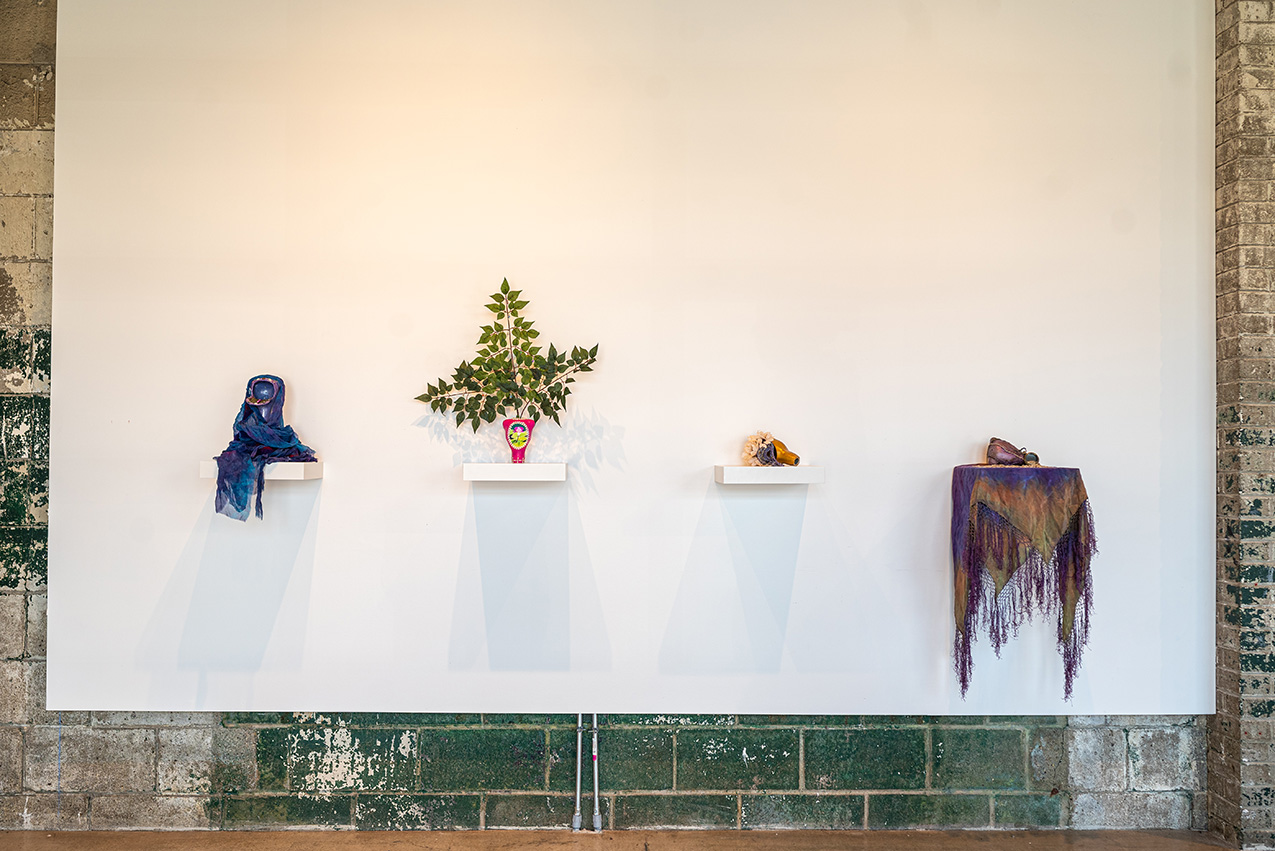
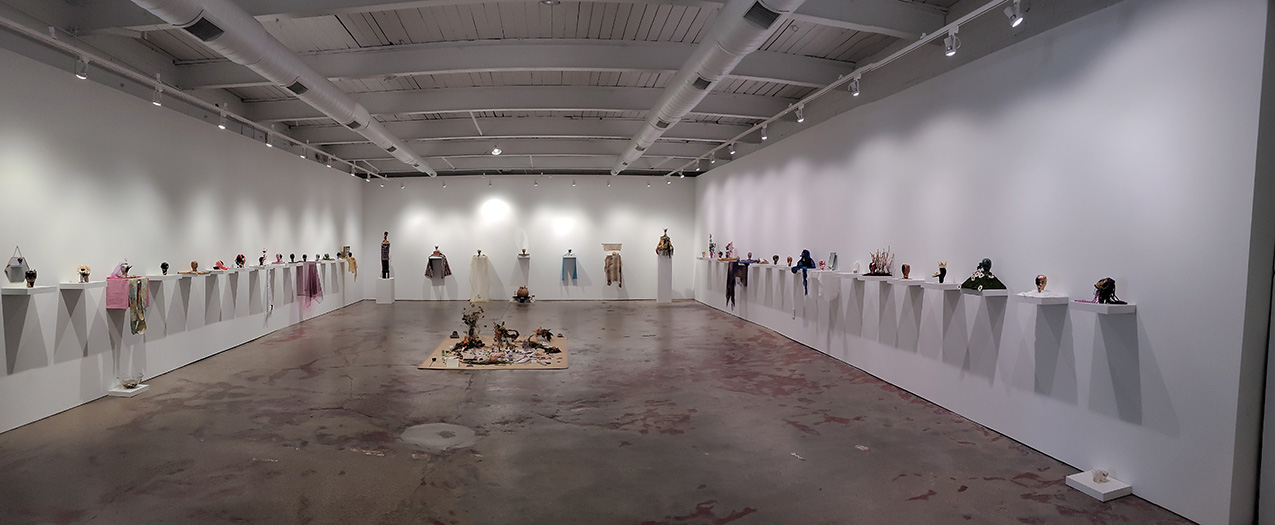
Whereas TLQP was a journey that often looked like a struggle, in Sister Song the road was more refined. Ultimately I couldn’t imagine working through this project any differently: inviting community to co-create, uplifting voices not my own to tell the complexity of this story, and building and expanding the circle of healing through the exhibition process, which invites audience and viewers into the space to leave their stories and to build a community altar. In this space of co-creation, each artist must learn to relinquish absolute control over the process of creation.
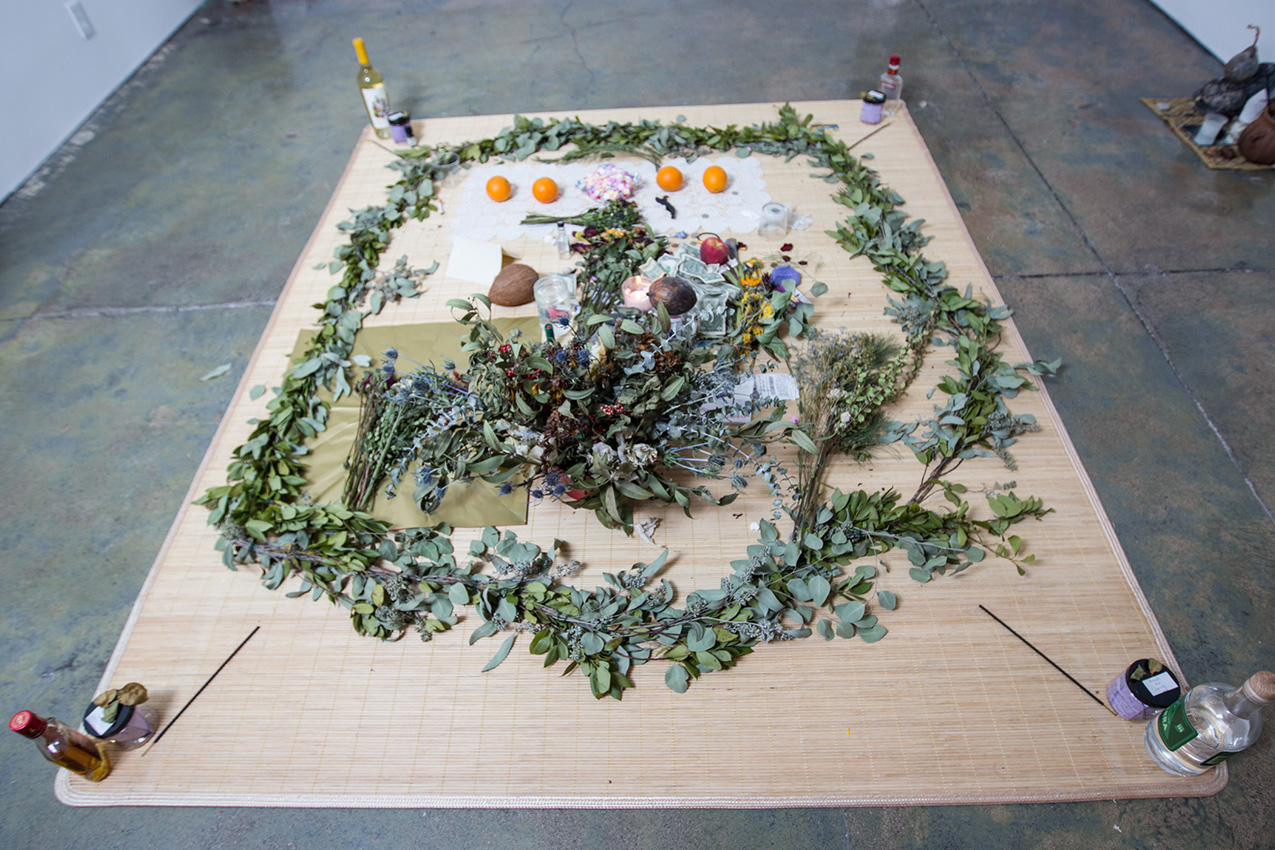
What has developed over the past two decades is a creative practice where the foundation is built on a desire to create community, and in which the process of making art creates a space and place for difficult conversations around a variety of topics, with an eye to community healing.
MHA and MM: Is there a particular project with community that has reshaped how you think of careful and care-full approaches to making art and co-creating?
LCS: About nineteen years ago, a misstep rooted in my hubris to share the art and the history of lynching with youth was a lynchpin (pun intended) that forced me to reckon with my practice and goals in the community. I was invited to share my work with youth in a foster care facility. At the end of the discussion, one little boy, around eight or nine years old, said to me, “Now here is another reason why it isn’t good to be me.” I was devastated by my short-sightedness and my arrogance that blinded me to the human suffering and the compassion that was needed at that moment. Here were the most vulnerable in our society, and here I was preaching the gospel of know your history, know lynching. I was as ashamed as I was devastated. Ashamed because just a few years before I had committed to the path of being an artist, I was exploring being a social worker to specifically work with youth and creative writing after spending years as a writing coach and mentor at a youth-focused and ran news organization.
For the next decade, I would spend time learning to put “the community” into my community-based practice. This took many forms, including learning community organizing and development processes, trauma–informed/healing–centered approaches to community work, dialogue methodologies, and peacebuilding approaches. I was determined to not make that mistake again, which, of course, was impossible. As I continued my journey, I was asked by a mentor, “Are you doing healing work or making art about a topic?” It took me nearly two years to answer that question. It is not that one approach is right or wrong, it is about understanding one’s intent and the responsibility that comes with working at the heart of people’s humanity. Understanding this is the lifeblood of creating work that not only centers healing and community, but work that is also born from co-creation processes with the community. In the end we are all connected, but we each need to understand how we work in the web of humanity and life, what our work is and where to work. When you can figure this out, then it is a real triumph for community healing.
MHA and MM: Keeping in mind that “The core values of the Black Earth Institute are to use Art to “promote an understanding of the interconnectedness of all living beings and this earth we share” and to “work toward a society based on Justice, Spirit, and Earth Centeredness…” How does your work address these core values?
LCS: Justice, like power, is not easily defined. You know it when you see it or, more than likely, when there’s a lack of it. Our ideas about what justice is and isn’t are often rooted in our positionality and framed within cultural and religious/spiritual contexts. Even then, our lived experiences will further define justice for each of us, and those definitions will change over time.
For the sake of this dialogue, my definition of justice can be best understood through the broad-based frame of justice as defined by the Universal Declaration of Human Rights (UDHR). The full list of articles can be viewed on the United Nations’ website here: https://www.un.org/en/about-us/universal-declaration-of-human-rights
The UDHR contains thirty articles; however, Article 29 really gets at the heart of my work and connects to the goals of Black Earth Institute. It states, “Everyone has duties to the community in which alone the free and full development of his personality is possible.” As an African American woman, justice is the inherent right to reclaim and tell the stories of those that came before in order to influence the yet to be born.
In order to be interconnected with the whole, one must first understand “the part” that is you, your ancestors, and the contexts of your past and current existence. So much of the history of marginalized and oppressed communities in the United States has been hidden, forgotten, or, as in the case of lynching and the history of sexual violence, has not been talked about by many. At the heart of my work is the desire to give voice to the seen and unseen parts of history and to create pathways towards individual and collective community healing, and, through the process of giving space for community co-creation, open the opportunity for transformation. No society can be just if stories of the marginalized and oppressed are silenced.
My own spiritual practices, which are rooted in West African Traditional spirituality, teach that all life is connected. PERIOD. In my own art, I am guided by masquerade traditions found throughout Africa, with emphasis on the traditional spiritual practices of the Yoruba people from Nigeria, who believe that the worlds of humans, ancestors, and spirits are interwoven and experienced on a daily basis. To follow this path is “to live the medicine” as the spirit of the divine creation is within us and around us everywhere. In a practice that has a spiritual name for all aspects of nature, and poetry and stories that unpack the human condition, one is connected to the natural world, to each other, to the yet to be born, and to those that have come before across space and time in a very intimate and consistent way.
One project in particular that specifically speaks to this is “Be/Coming”, the first in the Masquerade Americana series, which is rooted in various masquerade traditions found throughout Africa, particularly Gelede and Egungun of the Yoruba (Nigeria). Egungun honors the memory and ancestors of a people or person, while Gelede honors female mystical and spiritual power. Anytime a masquerade is performed the memory of the people/person is remembered and activated. “Be/Coming” is a multi-part installation that consists of an art installation, poetry, and community-engaged practices such as collecting the stories and letters of women that have influenced the lives of the audience members. “Be/Coming” dances for African American women to reclaim their primordial female power, which continues to be fractured, destabilized, and undermined by the weight of history, negative stereotypes and derogatory imagery.
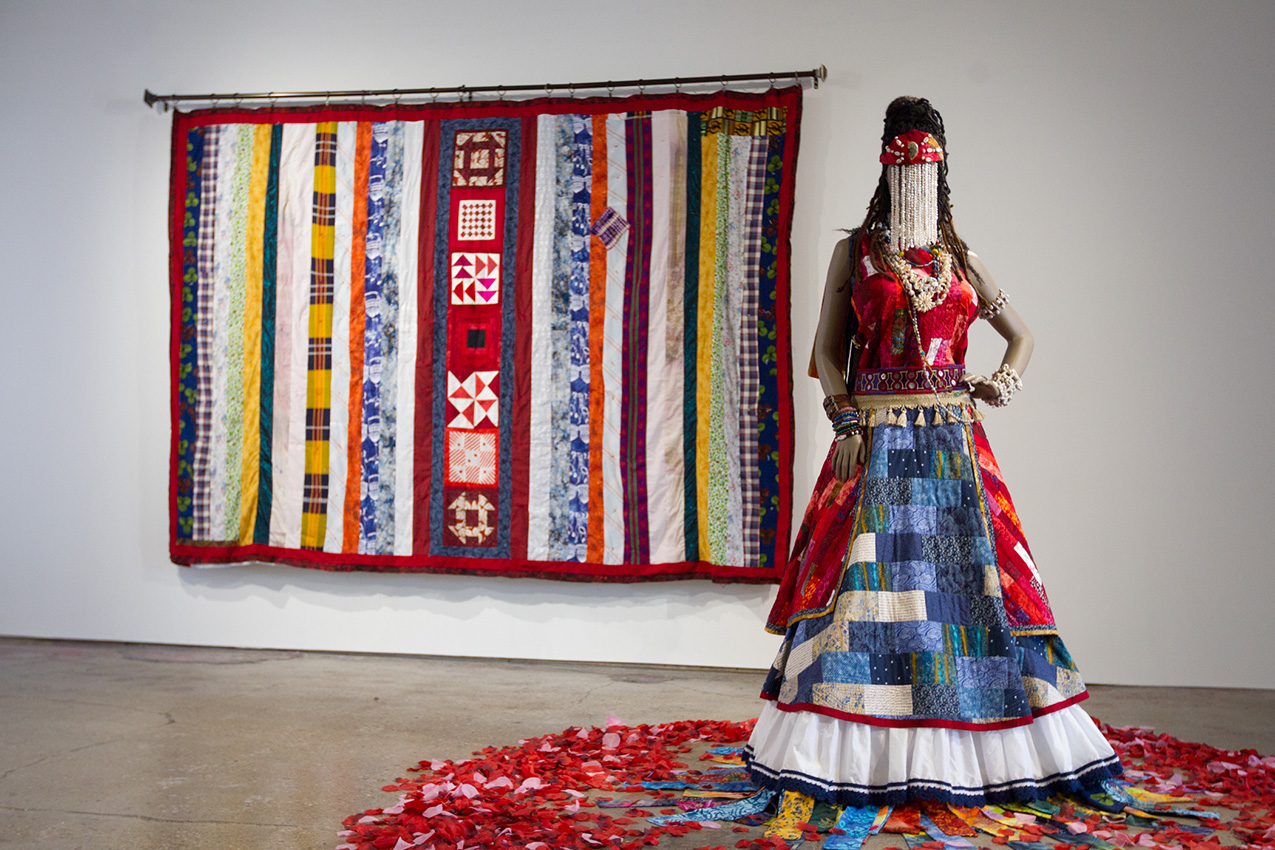
MHA and MM: What is an experience in your life, personally or professionally, that led you to this path as an artist and community worker?
LCS: I started this journey because I encountered The Without Sanctuary exhibit, which focuses on the history of lynching postcards. The moment I saw the image of Laura Nelson and her son, I knew I needed to create something. I had no idea what, but I knew I had to honor and explore what happened to them. I had other artworks about lynching, but Ms. Laura (as my quilting collaborative calls her) touched me in a different kind of way. For those individuals with whom I have worked for twenty years around lynching, there are always those one or two lynching stories that stay with you always, that despite reading and researching atrocity and horror after horror, there is always this one that never leaves. For me that was the story of Laura Nelson and her children.
I often make art like cooking a good soup. I let it simmer. Then later, I throw in another ingredient. With the image of Laura Nelson, I kept asking myself these questions for nearly two years: How do I honor Ms. Laura? How do I tell her story? What makes sense? How do I get the community to talk about these histories? How do I talk about women and lynching? In the past, I had used various mediums such as ceramics, drawing, and painting. None of them made sense. But through daily inquiry over two years, it became clear to me that utilizing an art form primarily associated with women and rooted to community-making made sense to tell her story. This ultimately led me to quilting. Until that moment, I thought my trajectory as an artist was to exhibit in galleries. After that, I never looked back and I am thankful for the journey.
MHA and MM: What is one thing that you want artists, who want to work in a co-creative and collaborative process, to know?
LCS: Artists who want to work in community will do both themselves and the community a big favor if they are willing to learn community skills such as those I have mentioned earlier. It is not enough to have art skills. I have seen artists, including myself, harm communities by not knowing how to do community work. It is likely that you will not find the skills you need directly in the art world. I developed most of my skills outside the art world. Artists need to be okay with that.

